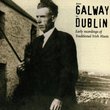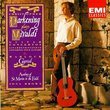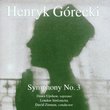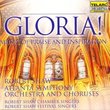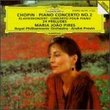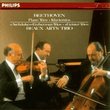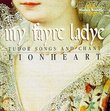| All Artists: Pier, Brook, Staples, The Bach Choir, Winchester Cathedral Choristers, Winchester College Quiristers Title: Vaughan Williams: Sancta Civitas; Dona nobis pacem Members Wishing: 0 Total Copies: 0 Label: Naxos Original Release Date: 1/1/2010 Re-Release Date: 4/27/2010 Genre: Classical Style: Symphonies Number of Discs: 1 SwapaCD Credits: 1 UPC: 747313242474 |
Search - Pier, Brook, Staples :: Vaughan Williams: Sancta Civitas; Dona nobis pacem
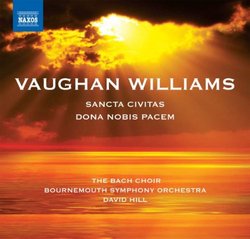 | Pier, Brook, Staples Vaughan Williams: Sancta Civitas; Dona nobis pacem Genre: Classical
Although Vaughan Williams described himself as 'a cheerful agnostic', he was not only steeped in the traditions of the Anglican Church, but sensitive to the mystical significance 'of what lies beyond sense and knowledge'. ... more » |
Larger Image |
CD Details
Synopsis
Product Description
Although Vaughan Williams described himself as 'a cheerful agnostic', he was not only steeped in the traditions of the Anglican Church, but sensitive to the mystical significance 'of what lies beyond sense and knowledge'. Written in 1936, his cantata Dona nobis pacem
sets powerful Biblical texts alongside those by Walt Whitman and John Bright and is both a warning that mankind was sliding disastrously towards another war and a plea for a
world without strife. The oratorio Sancta Civitas, one of his most original choral works, strikingly deploys vocal and orchestral forces to depict the battle between good and evil
from the Book of Revelation.
sets powerful Biblical texts alongside those by Walt Whitman and John Bright and is both a warning that mankind was sliding disastrously towards another war and a plea for a
world without strife. The oratorio Sancta Civitas, one of his most original choral works, strikingly deploys vocal and orchestral forces to depict the battle between good and evil
from the Book of Revelation.
Similarly Requested CDs
| Ladysmith Black Mambazo Best of Genres: International Music, Pop Label: Shanachie | |
| Dean Martin The Capitol Years (2CD) Genres: Pop, Broadway & Vocalists Label: Capitol | |

 Track Listings (16) - Disc #1
Track Listings (16) - Disc #1